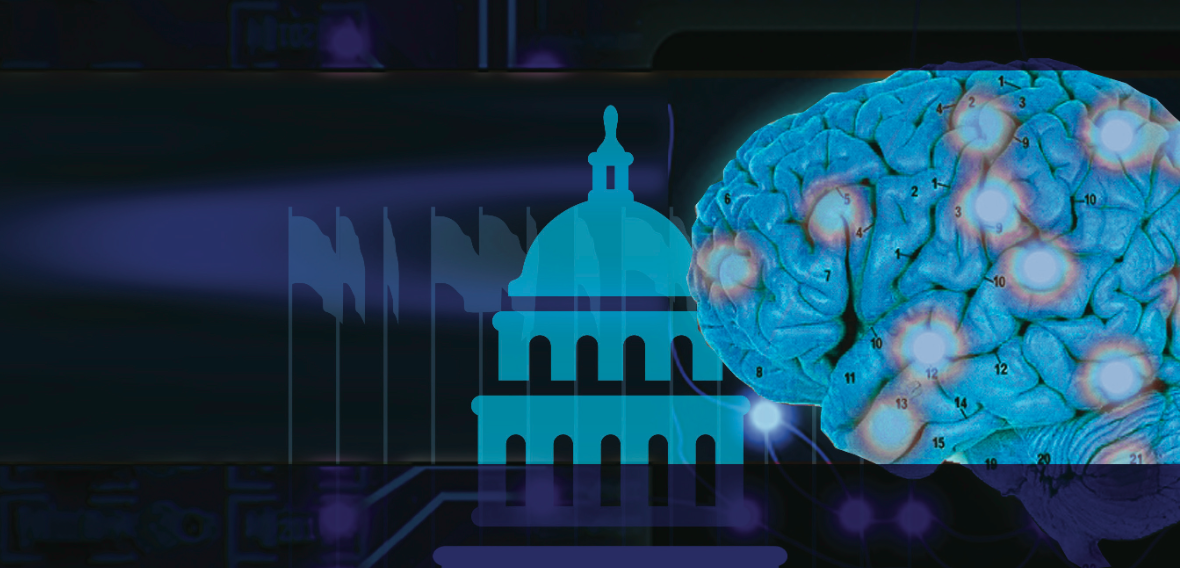![]()
Listen, no change is easy; I get that. But when it comes to procurement in the Federal government, change was really necessary. One answer to this pressing problem is – FITARA – and it is not as difficult as some may think. In fact, it could be the best thing to have happened for government procurement in decades. Here are a few reasons why FITARA is really your friend – not your foe – and why you should consider getting onto the FITARA bandwagon:
- Getting the best-negotiated terms for software licensing, to help manage TCO and ROI. One of the most commonly cited challenges for IT transformation is getting a handle on total cost of ownership (TCO). The government knows too well the burden associated with legacy systems. FITARA takes centralized licensing head-on, but you may not know it takes on TCO. TCO involves software licensing, training, support, security, data migration, and updates. Negotiating a clear picture of both non-recurring and recurring costs is how FITARA helps drive down TCO. Mitigating TCO at the start of a software selection process is key. You may find significant differences in ROI, and much more than expected, if you look at TCO especially when comparing open source and off-the-shelf.
- Buying power – it’s that straightforward. Federal government agencies must buy (pun intend) into the idea that collective buying power is a good thing. Let’s be honest, the government’s muscle memory approach to procurement is well earned, and it exacerbates the plague of expensive legacy systems. FITARA can enable departments who may have felt stuck with legacy systems because they were too expensive to consider alternatives by tapping into the buying power of the entire federal government – that’s real cost savings and procurement transformation, folks. Bulk cost savings at its best, and who doesn’t appreciate the great deals enabled by buying in bulk? (Costco, I’m looking at you!)
- FITARA is empowering CIOs to drive enterprise strategy and enforce IT policy via centralizing software licensing. FITARA can act as a catalyst. It provides CIOs with the capability to manage their agencies’ IT acquisitions, at scale. This puts CIOs in a position to drive enterprise strategy and enforce enterprise IT policy, which leads to more efficiency. And, as a real added bonus, it enables CIOs to utilize leading edge, if not cutting edge, technologies- and that is really appealing to Millennials and other young professionals who are notoriously turned off by government’s antiquated technologies and solutions. You’ve surely heard of the impending “Silver Tsunami,” right? Well, guess what, the struggle is real: once those long-time government technologists leave and take their institutional knowledge with them, the resulting fallout will be an IT manager’s nightmare. Enabling CIOs to lay the groundwork around their enterprise strategy – with strategy being the key word – yes, that’s a real benefit.
- Keeps things simple. Yes, you read that right. FITARA helps streamline and simplify software management. A powerful advantage of this program is that it provides large-volume discounts for each agency, regardless of the number of licenses or SaaS subscriptions for each order. For example, a small department needing only a few licenses can take advantage of the same discounts as that of a larger organization requiring more software. And, training and software upgrades become more streamlined as well; so agency teams not only have access to the latest and greatest software, but they have access to training and software support as well.
The intent of FITARA is to reduce the total cost of IT ownership for Federal agencies with better IT management throughout the Federal government. What kind of savings can be expected? As an example, I know my own customers are now looking forward to a projected savings of approximately $2 million dollars per year. Make no mistake about it, vendors see the benefits of FITARA too: it allows for centralized contract licensing, training, and support. That is enterprise transformation: working together toward a common goal of implementing systems that work to the best of their ability. And that is a benefit to us all.
Jeff Peters is part of the GovLoop Featured Blogger program, where we feature blog posts by government voices from all across the country (and world!). To see more Featured Blogger posts, click here.





Leave a Reply
You must be logged in to post a comment.